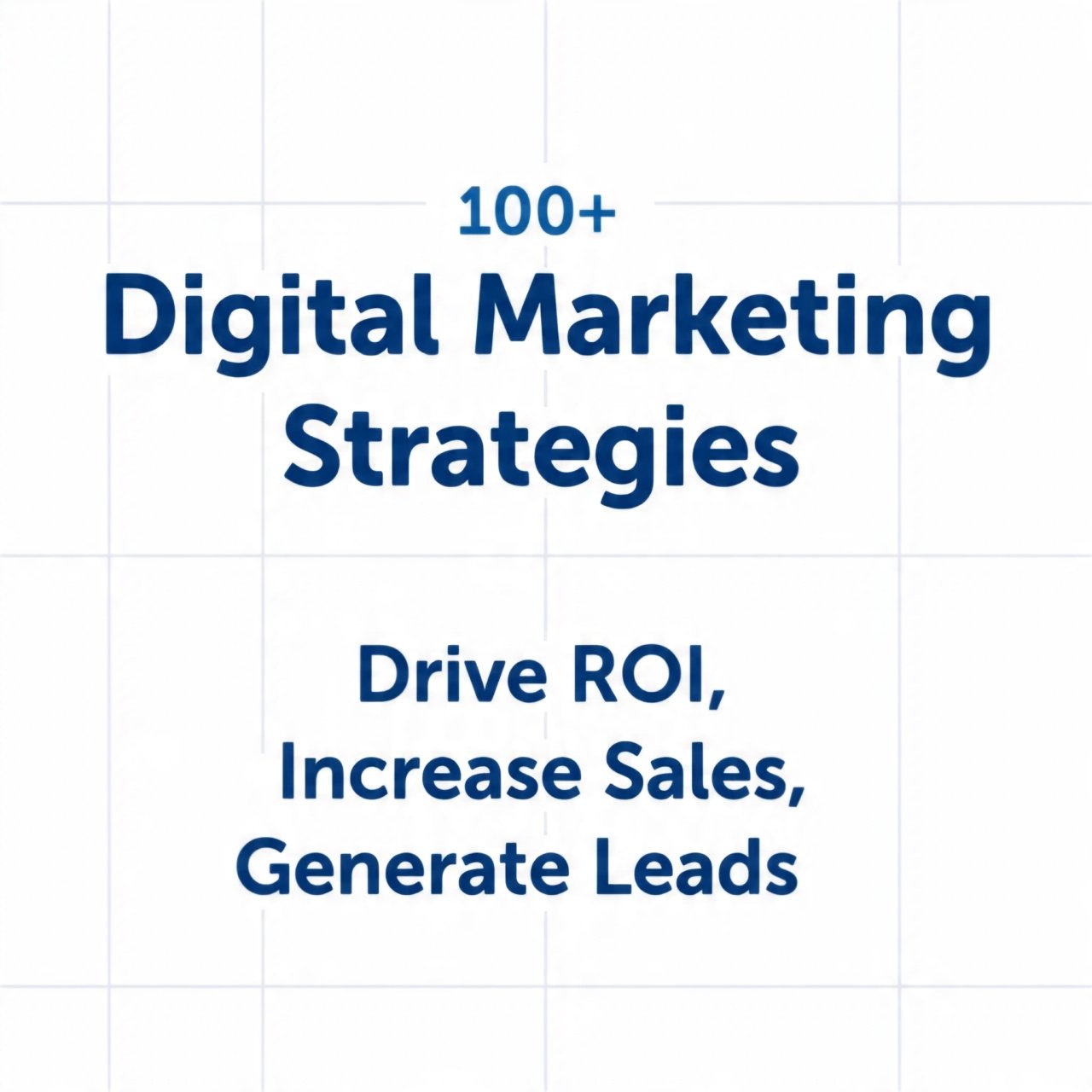Layoffs have once again grabbed headlines, and this time, the keyword dominating the digital space is “TCS layoffs protest.” When one of the biggest IT giants in India, Tata Consultancy Services (TCS), faces employee unrest over job cuts, it signals more than just a corporate restructuring—it becomes a reflection of larger shifts in the tech and employment ecosystem. For digital marketers, entrepreneurs, and professionals across industries, understanding why layoffs occur and how to survive them is not only important but also necessary for long-term career and business planning.
In this blog, we will explore:
- Why tech companies like TCS resort to layoffs.
- The emotional and financial impact on employees.
- How employees can prepare for such uncertain times.
- What alternatives exist if one depends solely on a company.
- The impact of layoffs in small vs. big companies on national growth.
- Digital survival strategies in today’s competitive job market.
1. Why Do Layoffs Occur in Tech Companies?
At first glance, layoffs seem cruel—after all, employees are the backbone of any organization. But the reality is more complex. Here are the main reasons why companies, even tech giants like TCS, cut down their workforce:
- Cost-Cutting Measures: When profit margins shrink due to global recession, rising operational costs, or currency fluctuations, companies reduce expenses. The easiest and fastest way to cut costs is through reducing payroll.
- Automation & AI Adoption: With Artificial Intelligence, Machine Learning, and automation tools taking over repetitive tasks, companies require fewer employees to do the same job.
- Shift in Client Demands: Tech firms like TCS depend heavily on global clients. If clients reduce budgets or delay projects, companies adjust by cutting manpower.
- Restructuring & Efficiency: Businesses often restructure their teams, shifting focus to high-demand areas like cloud, cybersecurity, or data analytics while reducing roles in less profitable segments.
- Global Uncertainty: Events like the Russia-Ukraine war, COVID-19 aftermath, and inflation push companies to operate cautiously.
So, layoffs are not always a reflection of employee performance—they are often a result of larger economic and strategic changes.
2. The Emotional and Financial Impact of Layoffs
For employees, layoffs can feel like the ground has slipped beneath their feet. The emotional trauma includes feelings of rejection, insecurity, and anxiety about the future. Financially, the situation can be devastating—especially for those with EMIs, family responsibilities, or lack of emergency savings.
The TCS layoffs protest is not just about losing jobs—it’s about the fear of instability. Employees who dedicated years to the company suddenly feel betrayed. This emotional unrest often fuels protests, demanding corporate accountability and better job security policies.
3. How Employees Should Face Layoffs
If you’ve been laid off—or fear that you might be—here are practical steps to handle the situation:
- Don’t Panic, Stay Rational: The first step is to accept reality. Panicking can cloud judgment.
- Emergency Fund Planning: Always maintain at least 6–12 months of expenses as savings. If you didn’t, start building one immediately when you’re employed.
- Upskill Immediately: The job market values skills over tenure. Learn in-demand tools—cloud computing, AI, data science, digital marketing, and blockchain are hot right now.
- Freelancing & Gig Work: The gig economy is booming. Platforms like Upwork, Fiverr, and Freelancer provide income opportunities while you search for stable roles.
- Networking & Personal Branding: Leverage LinkedIn. Build authority in your field by sharing content, joining groups, and attending virtual events.
- Mental Health Matters: Don’t ignore stress. Meditation, therapy, or support groups can make the transition less painful.
4. What If You Are Totally Dependent on a Company?
This is where many professionals struggle. In India, especially, families depend heavily on a single breadwinner. But depending entirely on one company is risky. Here’s what you can do:
- Build Multiple Income Streams: Apart from your salary, try side hustles like content creation, online teaching, or affiliate marketing.
- Invest Smartly: Put money into mutual funds, stocks, or real estate so you are not solely dependent on your job.
- Upgrade Career Flexibility: Don’t get too comfortable in one role. Be open to switching industries or taking contractual roles.
- Digital Entrepreneurship: The internet offers limitless possibilities. Start a small e-commerce store, digital agency, or YouTube channel alongside your job.
Remember: Your job should be your primary income, not your only income.
5. Are Layoffs in Small Companies Also Significant for National Growth?
Absolutely. While big layoffs like TCS make headlines, small company layoffs collectively also impact national growth:
- Small Companies = Big Employers: SMEs (Small and Medium Enterprises) employ millions. When they downsize, the ripple effect on employment is huge.
- Consumer Spending Drops: If thousands lose jobs, consumer demand falls. This hits every sector—from retail to real estate.
- Startup Ecosystem Weakens: India thrives on startups. Layoffs in this sector reduce innovation and investor confidence.
- National Economy: Mass layoffs—big or small—lower GDP growth rates and increase unemployment statistics.
Thus, whether it’s TCS or a small local IT firm, job losses matter.
6. Digital Survival Strategies for Employees in Today’s World
The digital era is both a challenge and a blessing. Here are strategies to ensure survival in uncertain times:
- Learn Digital Marketing: Every company needs it. SEO, SEM, and content marketing are high-demand skills.
- Remote Work Skills: Familiarize yourself with tools like Slack, Trello, and Zoom to work from anywhere.
- Create a Personal Brand Website: Showcase your portfolio, resume, and skills online.
- Use AI Tools to Your Advantage: From ChatGPT to Canva AI, these tools can make your work faster and more creative.
- Stay Agile: The ability to quickly adapt to changing tech is what will keep you employed.
7. The Road Ahead: A Balanced Outlook
Layoffs are painful but also a reminder that no job is permanent. Whether it’s a TCS layoffs protest or a small startup closing doors, employees must think long-term. The future belongs to those who are adaptive, skilled, and diversified in income sources.
Governments and companies also need to step up. Stronger employee welfare laws, reskilling initiatives, and financial safety nets can reduce the shock of layoffs.
Conclusion
The TCS layoffs protest is not an isolated event—it’s a wake-up call for employees, companies, and policymakers alike. For employees, the lesson is clear: never depend on a single company or skill set. For companies, the message is about balancing profits with people. And for nations, it’s about protecting workforce stability while embracing technological change.
If you are reading this and worried about layoffs, remember: you are not alone. Thousands are in the same boat, but survival depends on preparation, adaptability, and the courage to explore new opportunities.
In the end, layoffs may close one door, but they can also push you toward building something even greater. The choice is yours


